Millennia of history
For thousands of years, Native Americans prized the fertile Mississippi River Valley for its abundant fishing and wildlife, protective hardwood forests, and temperate climate. Winona’s storied past as a Native American home centers on the tribe of Dakota Indians led by a succession of Chiefs Wapasha — a bloodline that still exists today. In fact, Winona takes its name from this band of Indians, as the Dakota word we-no-nah means first-born daughter, and the city has long embraced the legend of “Princess” Wenonah, daughter of Chief Wapasha, as part of the history that Winona cherishes.
Winona’s natural abundance
In the time of the Dakota people here, the valleys and bluff-top plains surrounding Winona were rich with herds of bison, deer, rabbits, and other wildlife that provided both food and hides to sustain them, and the Mississippi River and maze of trout streams offered an ample supply of fish, reeds for weaving, and fresh water. Moreover, the high bluff vantage points and easy river navigation made this area perfect for keeping a watchful eye for enemies and traveling to trade and meet with related tribes.
Displacement and reconciliation
This land was in all ways perfect for the many generations of Dakota Indians who called it home, and today it is considered sacred by the many tribal members who trace their heritage to ancestors living in this place. When white settlement came to the shores of Winona 150 years ago, most of its Dakota inhabitants were moved to reservations far away. But modern-day Winonans have extended the hand of reunification to the tribe, building a place called Unity Park filled with sacred bluff stonework and native prairie plantings, and hosting the annual Great Dakota Gathering which invites tribal members to celebrate their heritage here with its current residents.
Learn about the Winona-Dakota Unity Alliance and the Great Dakota Gathering.

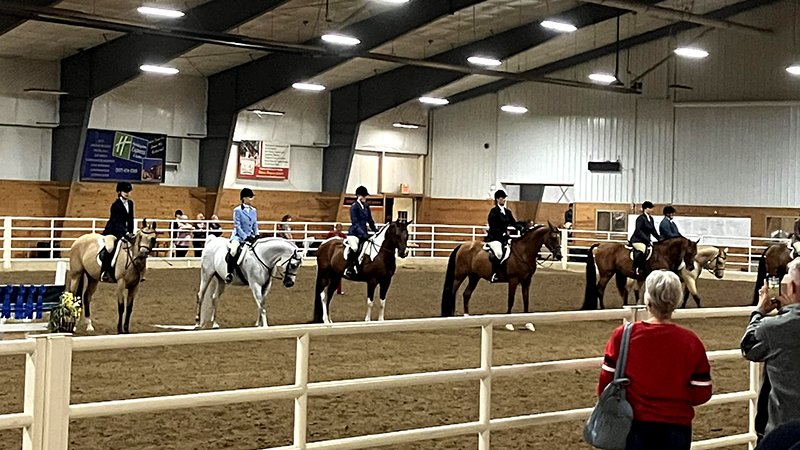
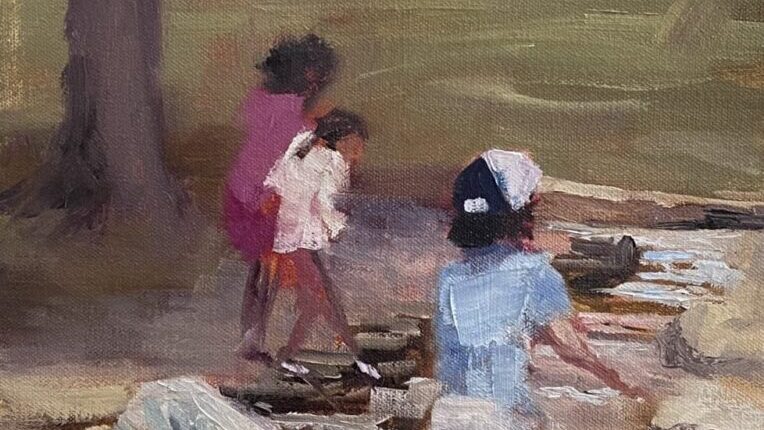
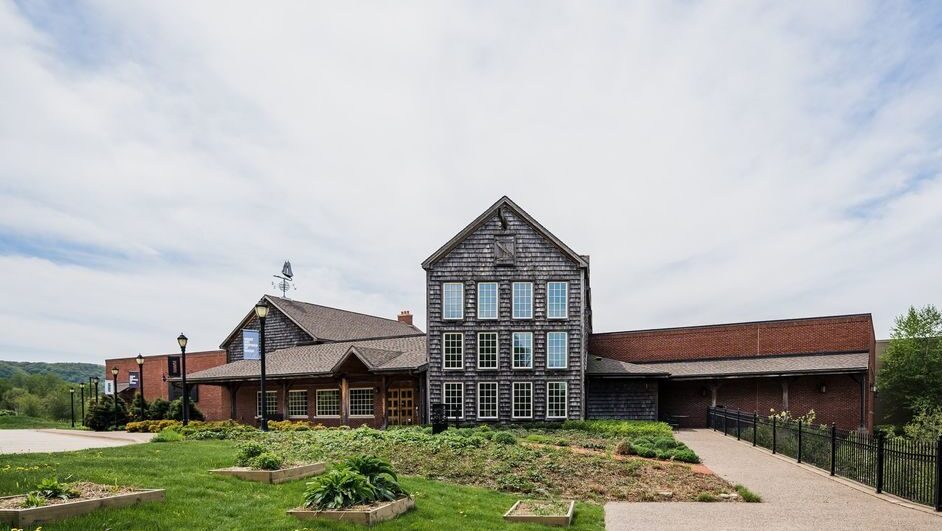

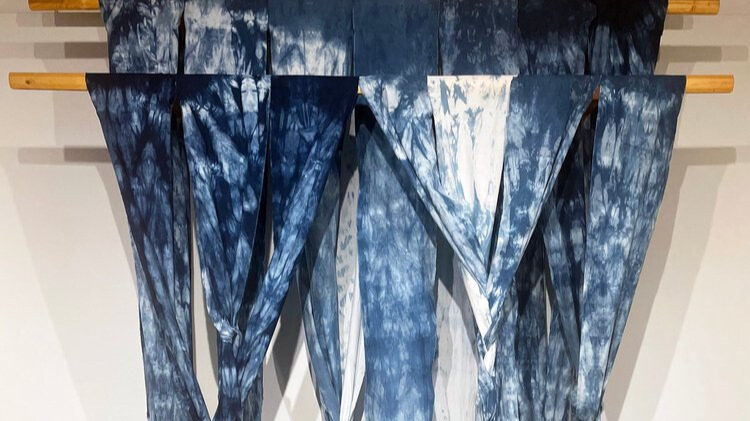
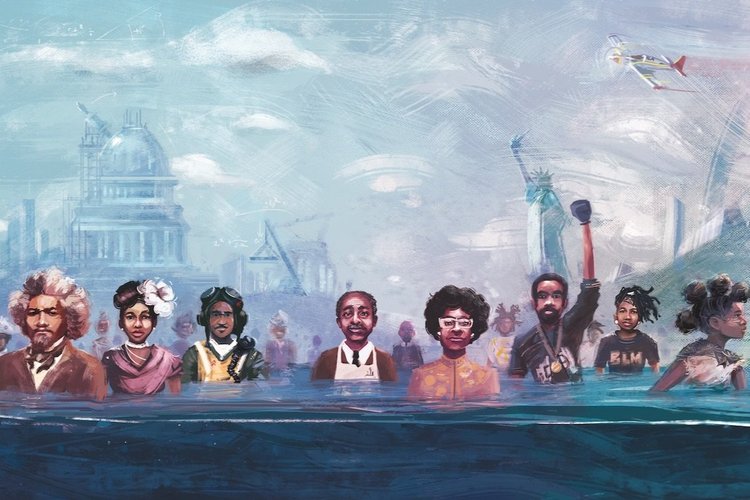


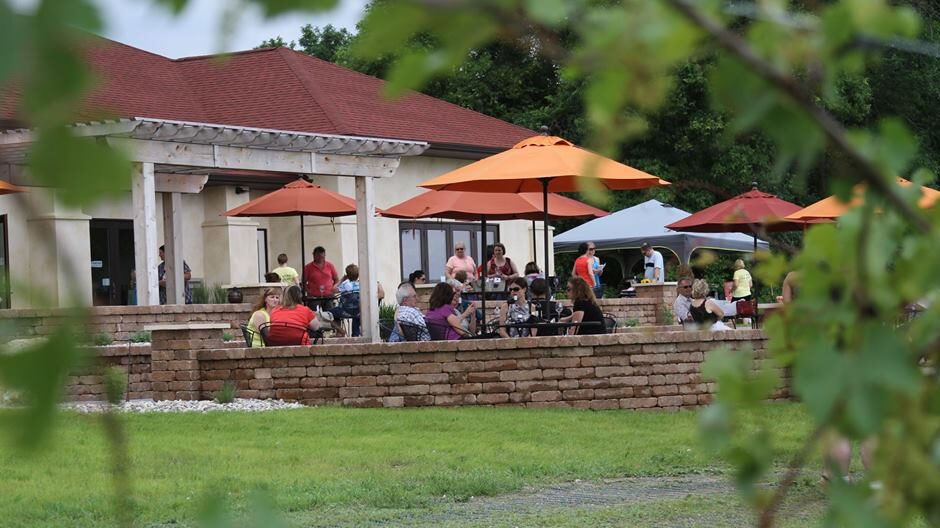

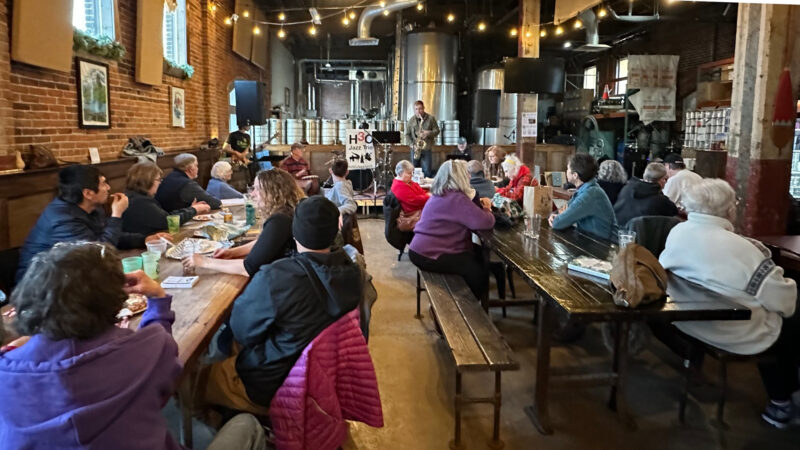
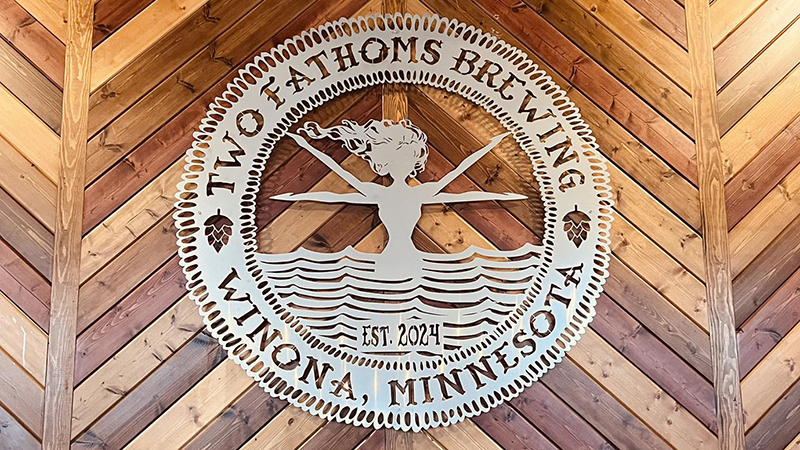
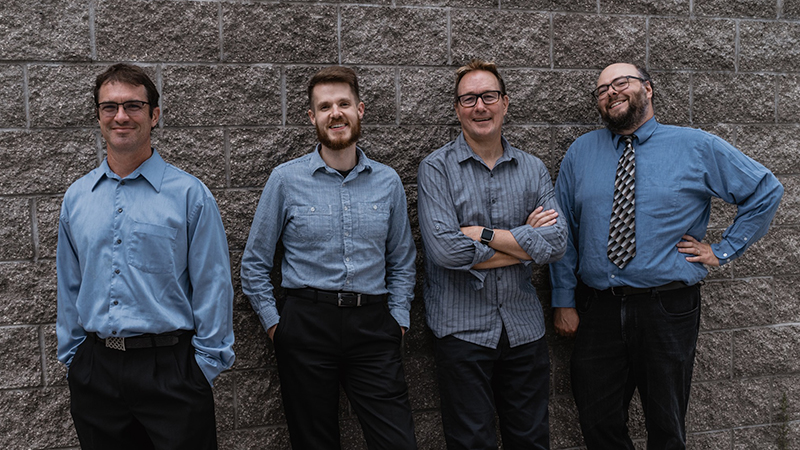




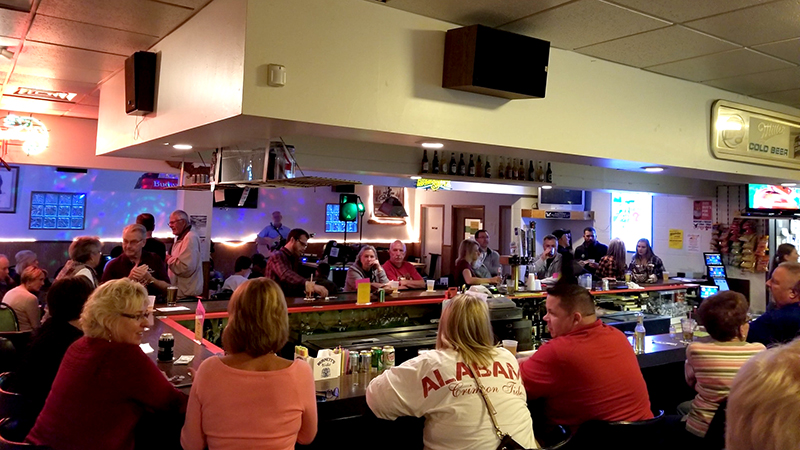

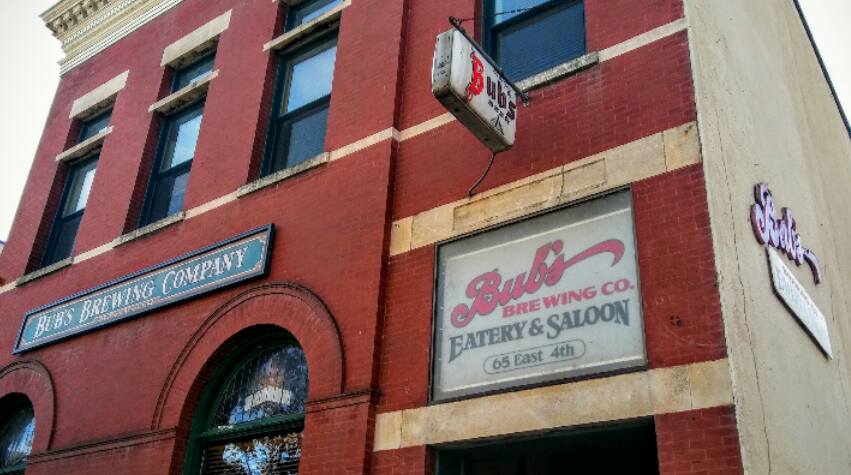
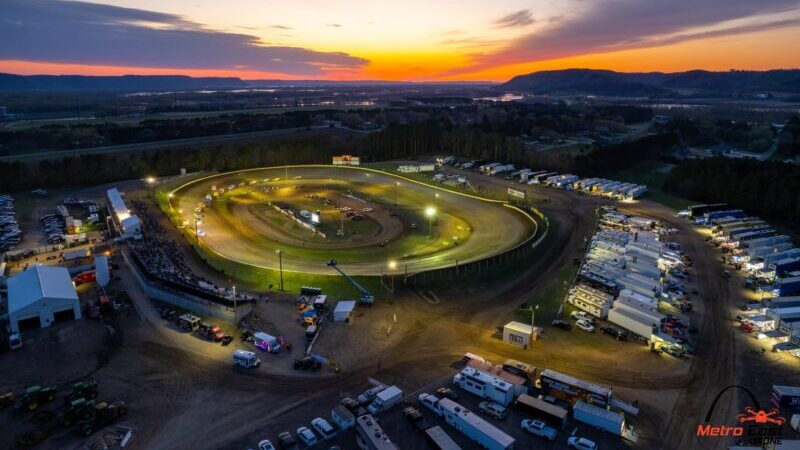
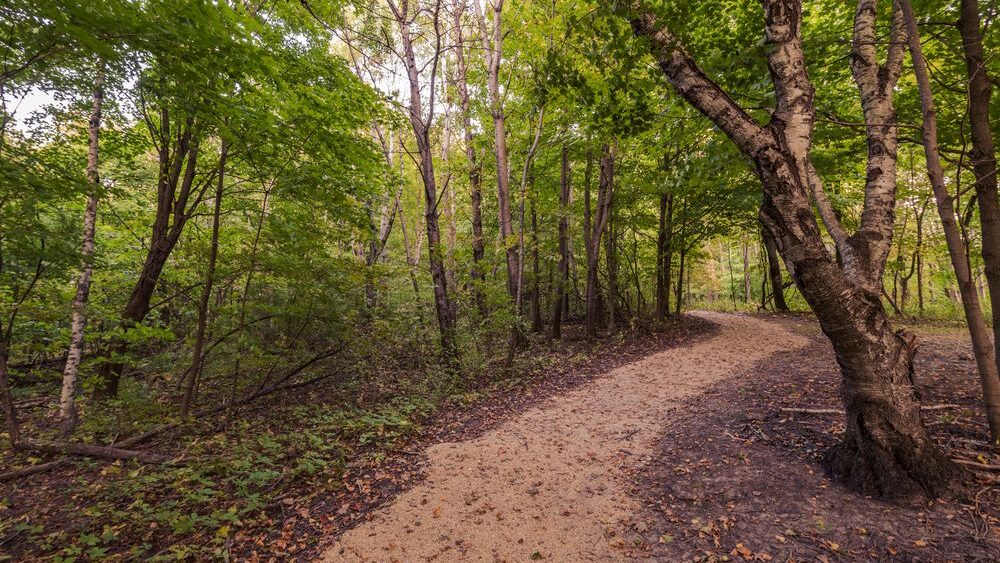

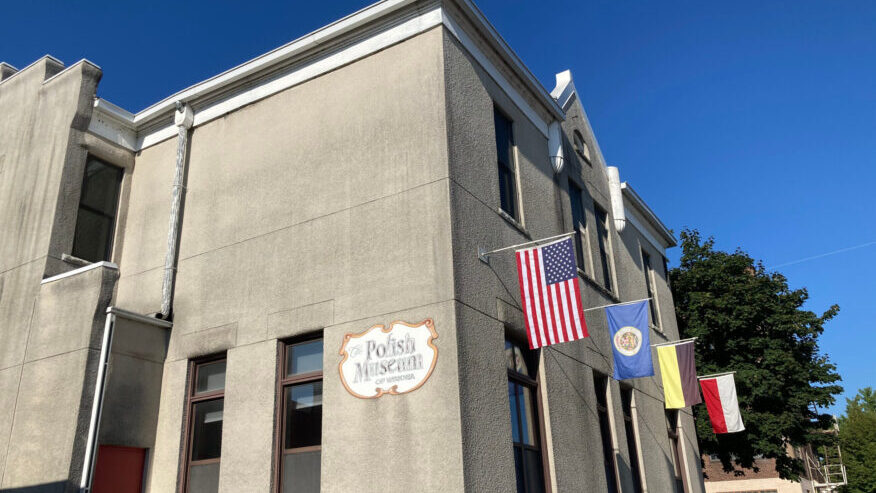
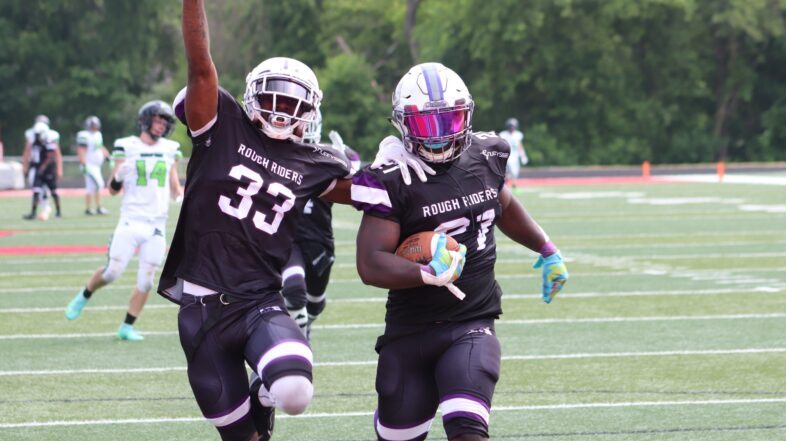
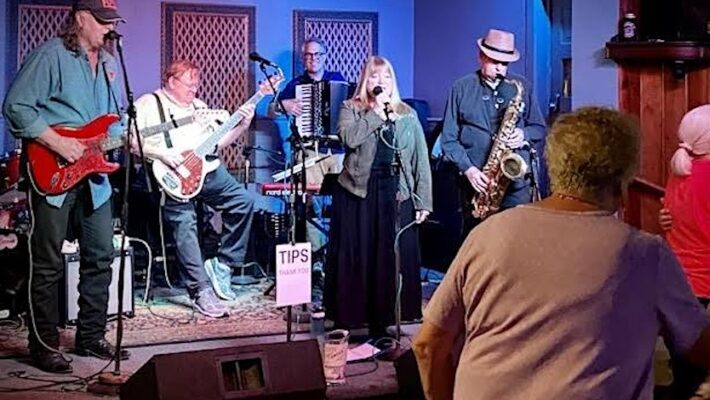
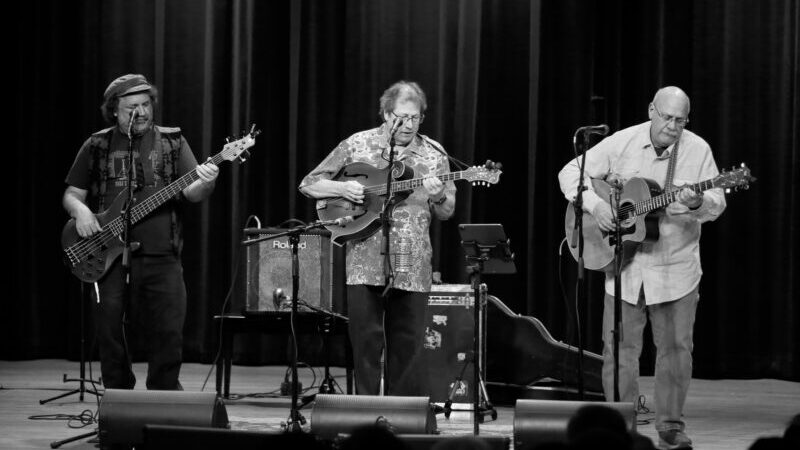
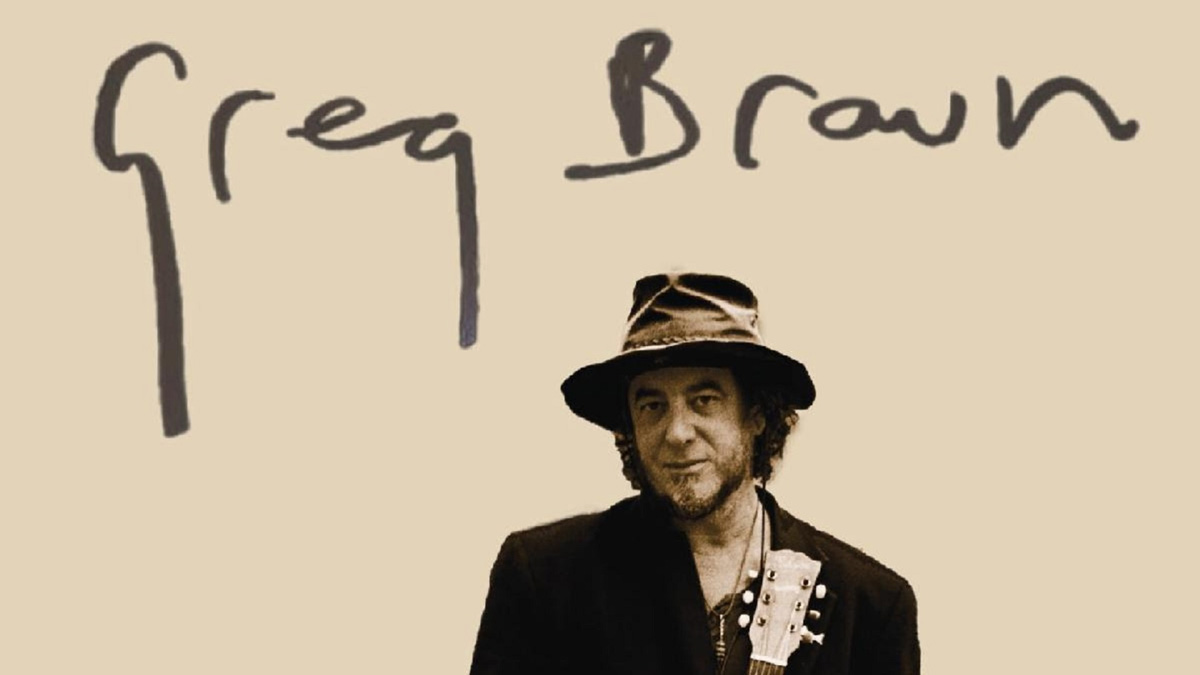
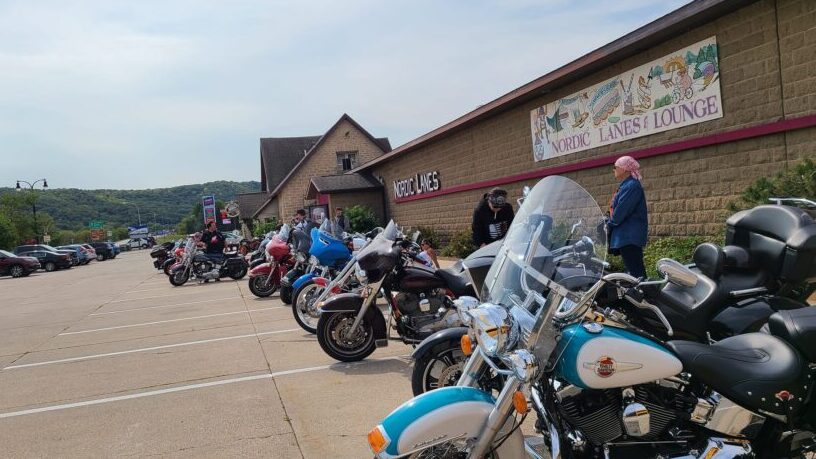
Comments are closed.